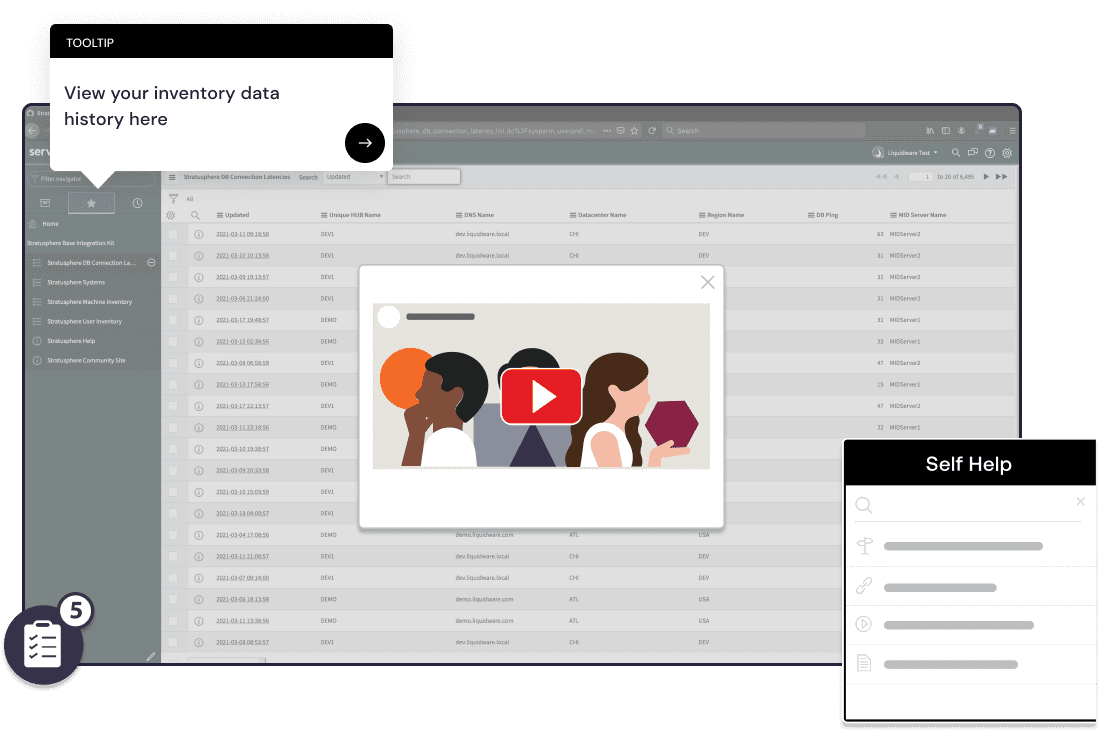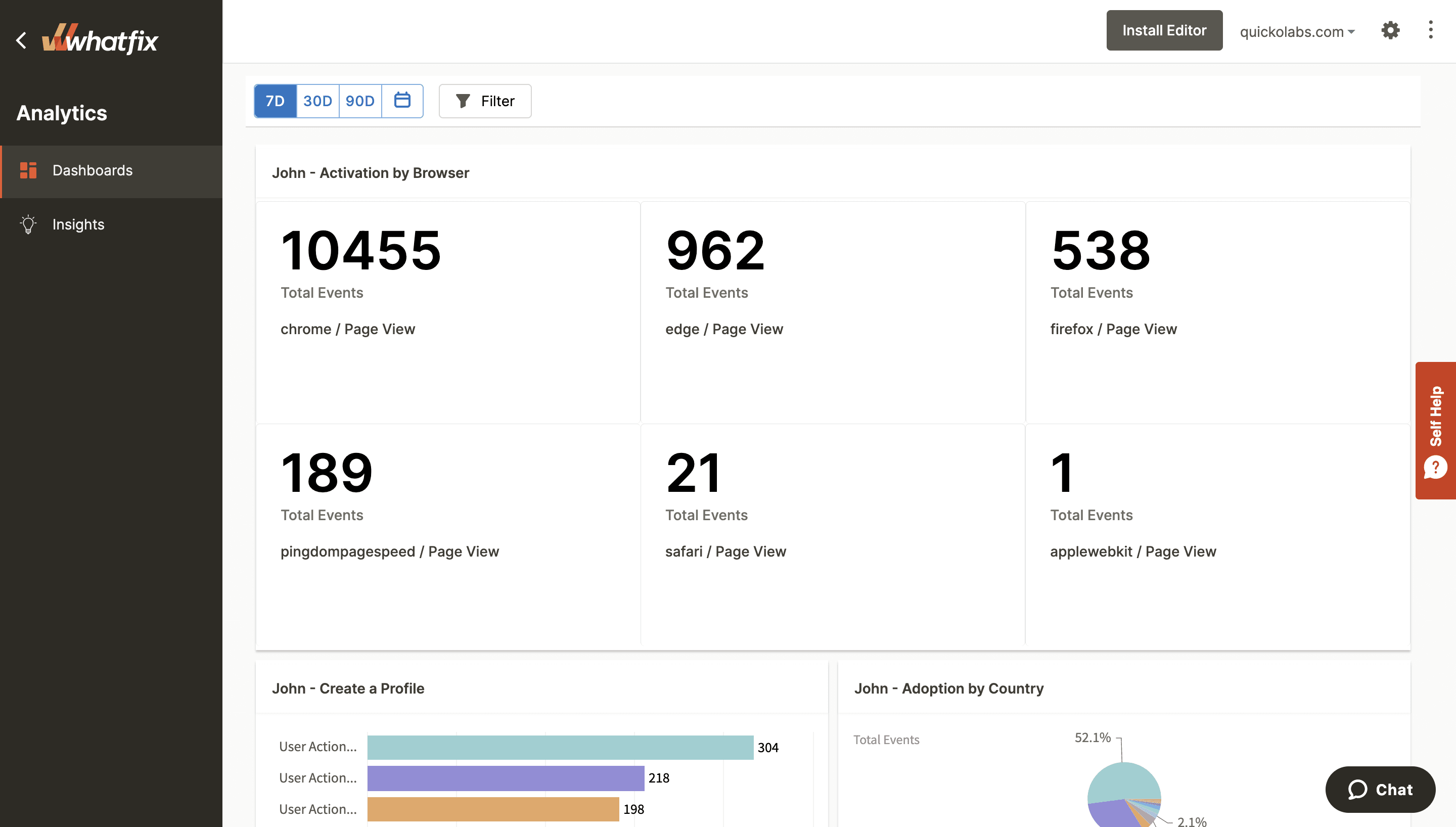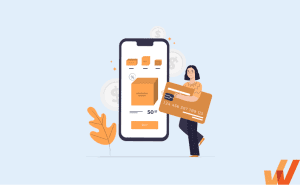How to Build Digital Dexterity in the Workplace (+Benefits)

The last decade has seen digital transformation scale across organizations, as companies upgrade their legacy processes and systems for new cloud technologies. These new software applications help automate manual processes, drive innovation, and enable employee efficiency and productivity.
This rapid change intensified post-COVID, as organizations adapted to remote work and the new normal overnight. Companies adopted new virtual learning styles, remote collaboration, and asynchronous communication methods with tools like Slack, Zoom, MS Teams, and countless others.
While all new software tools are designed to improve an organization’s processes and overall growth, companies must first enable their employees with performance support and upskilling programs to harness these new tools. The ability to properly adopt and utilize these new digital tools is called digital dexterity.
What Is Digital Dexterity?
Digital dexterity is the ability of an individual employee or workforce to adopt a new software application or technology designed to make them more efficient and hit their goals. Digital dexterity is a skill set that enables organizations to harness these new digital tools to adopt new, more efficient processes. It empowers employees with the skills to successfully onboard and adopt new tools, and navigate the learning curve associated with the change associated with new processes.
Digital Dexterity Traits
Digital dexterity is a must for organizations going through digital change projects, and companies must first understand what characteristics are critical to achieving this digital skill set. Those qualities include:
- Scalability: Employees that think ahead and build solutions and processes that can scale growth are a critical asset to building digital dexterity.
- Flexibility: Knowing that processes can continuously be improved and new tools can drive innovation is a building block of digital dexterity in a workplace.
- Adaptability: Being open to change and willing to adapt to new processes.
- Digital champion: Is constantly looking at new ways to utilize digital tools to improve processes.
- Data-driven: Uses data to make informed decisions.
Benefits of Digital Dexterity
Creating a digital dexterity workforce requires a cultural shift, but the benefits produce exponential ROI for organizations. These benefits of improving digital dexterity in your employees include:
- Improved productivity: Digital dexterity is the foundation for adapting to new tools in the workplace. Combine this with new productivity and communication tools, and employees are able to work smarter, not harder, improving their overall productivity levels, accomplishing more, and hitting goals.
- Higher efficiency: With employees that are digital savvy, efficiency also improves. This means that not only are employees more productive, but they’re also completing projects faster and at a higher quality.
- Scalable: Organizations that have high levels of digital dexterity are able to solve problems and then build solutions that are scalable, powered by new technologies and software applications.
- Drives innovation: Organizations that foster a digital-first culture are more likely to come up with new business innovations and growth hacks.
- High levels of digital adoption across the organization: Digital transformation projects are expensive investments, and organizations work tirelessly to drive adoption of these digital applications and processes across their workplace. With digital dexterity employees, digital adoption initiatives come easier, with higher levels of adoption and less resistance to change.
Who Owns Digital Dexterity?
Digital transformation isn’t the sole responsibility of a specific department – and neither is digital dexterity. Like any large-scale enterprise investment, improving digital dexterity requires a dedicated task force with diverse functional backgrounds and seniority levels to break down silos across the organization.
- C-suite & leadership: First, you’ll need to drive change from the top. You’ll need your c-suite and leadership teams to be bought into digital dexterity and leading by example, showcasing to the organization its benefits and ROI.
- IT department: To build software requirements and roadmaps, create an implementation plan, and monitor adoption rates.
- HR/L&D: To create application onboarding, reskilling, and upskilling training content and courses for building digital dexterity skills.
- Leaders from all departments: To bring contextual digital dexterity concerns and needs from their individual departments and silos to the forefront of the conversation.
Take, for instance, a scenario where the c-suite members of a fictitious hotel chain decided that it is time to embark on a digital transformation journey. Immediately, the designated digital dexterity task force scans the digital landscape to identify technologies that could help them beat their competition through digital transformation in the hospitality industry.
Backed by research, they chose to adopt an AI-powered guest services platform. They prepare a comprehensive strategy to adopt this AI tool into their customer experience workflow. To ensure that the IT project is a success, the task force not only ensures that the employees are comfortable using the new technology to delight guests, but also that they enforce management practices that shape how work gets done.
They also receive senior leadership buy-in from customer service, operations, and HR to team up with the CIO to devise digital dexterity goals. HR then hires the right talent to execute this AI project. At the same time, the existing talent (in operations and customer care) is trained on how to use the new technology to engage positively with the guests and improve efficiency.
Remember, digital dexterity is what every organization needs. But it is also something that requires your continuous attention.
How to Improve Digital Dexterity in the Workplace
Building digital dexterity is an organization’s insurance policy for achieving ROI with digital technologies. Without the skill sets to utilize software applications properly, these investments will not only fail to find ROI, but also face other severe repercussions such as dirty or inaccurate data, not meeting compliance laws, failing to meet goals, etc.
Here are 8 best practices for improving digital dexterity in the workplace:
1. Invest in a digital adoption strategy
One of the biggest digital transformation challenges is enabling employees with the skills they need to overcome onboarding resistance and roadblocks. Instead of looking at building digital dexterity for specific products or technologies, organizations should create a larger digital adoption strategy that provides a framework for driving adoption across the entire digital transformation lifecycle – from application research, implementation, and end-user training.
This will allow organizations to create a playbook for:
- Overcoming resistance to change
- Providing “moment-of-need” training
- Providing personalized, role-based training
- Creating training content in multiple formats
- Communicating change to employees
- Tracking user adoption and usage
2. Map your organization’s digital future and IT roadmap
Assess the overall software market and new technology trends. Next, identify the new technologies your company plans to adopt in the foreseeable future and create an IT roadmap to stay one step ahead of the competition. Then, assess how these technologies and digital strategy will impact your organization and existing processes and what new skills your employees need to learn to stay relevant.

3. Understand how to engage your employees
Instead of ignoring the concerns of your employees on new digital tools and IT upgrades, business leaders need to overcommunicate and gather feedback from all employees.
By harnessing feedback surveys and hosting focus-group discussions or town halls, you can identify what your employees feel about new enterprise technologies. You can ask them about their technology-led concerns and what solutions would best help them attain business goals.
Once you understand their diverse needs, you can segment employees into cohorts that you can target with personalized digital dexterity development programs that best suit each of these well-defined groups. You may even encourage employees to develop digital dexterity by offering incentives and bonuses linked to the progress of their company’s digital initiatives.
4. Remove barriers to digital dexterity with a digital adoption platform
Adopting and harnessing technology can be made simple with hands-on learning modules, design-forward thinking (such as empathy and customer journey maps), and A/B testing.
You can take an evolved approach to software onboarding by using a digital adoption platforms (DAP) such as Whatfix to enable your employees with in-app guidance and on-demand support – all in the flow of work.

With Whatfix, organizations are empowered to create in-app guided content with a no-code editor that overlays on top of any SaaS cloud, desktop, or mobile application your company uses.

Whatfix enables organizations to build digital dexterity across the workplace with:
- In-app onboarding with task lists, product tours, and interactive walkthroughs.
- Contextual help with smart tips, pop-up videos, and alert beacons.
- Self-help support with embedded wikis that pull from your knowledge base, Google Drive, Sharepoint, and other process documentation.
- User analytics that allows you to make data-driven digital adoption decisions to improve your application experiences.
- User feedback tools to prompt employees and end-users to leave feedback with real-time surveys, embedded into your software applications.
5. Focus on continuous, learner-centric upskilling and training
Today, one of the biggest roadblocks to digital dexterity is the lack of skilled talent. A McKinsey Global Institute survey predicted that more than 25% of employees will need to be retrained or replaced between 2018 and 2030.
With Whatfix’s in-app guidance system, you can increase the effectiveness of your reskilling and upskilling training programs – in real-time. It is also possible to improve employees’ ability to use digital tools and lower resistance to change by making enterprise technology easy to use and available on demand.

With Whatfix’s advanced user analytics, organizations can measure training effectiveness to deliver personalized learning modules, as well as overall product and feature adoption rates. For example, IT and L&D teams can launch department or role-based onboarding flows and task lists that overlay directly inside your new software applications, track their effectiveness, monitor adoption rates, and experiment with new training content on the fly – all backed by analytics and data.

You can improve employee competencies that are critical to digital dexterity by prioritizing experience-based learning programs. These include innovation programs, workflow shadowing, academic partnerships, job rotations, peer advocacy, and reverse mentoring.
By enabling technology self-service, workers can complete tasks independently without having to depend on IT or support teams. You could try Whatfix’s context-sensitive self-help widget to reduce IT help desk support tickets and receive real-time help.
6. Invest in leadership development
Apart from training your employees, it is also important to empower business leaders and function heads to understand emerging technologies disrupting their industry. You should teach them to openly discuss digital options and choose the right tools that can drive growth. They should also have the agility to change mindsets and design new digital-friendly workplace models, by modifying existing processes and flows.
7. Promote diversity
To promote digital dexterity, it’s essential to have a workforce that has different perspectives to offer. It would also be helpful to have workers with various specialized skills ranging from technology to psychology and communication to draw on, to make the digital transformation successful. Therefore the HR leads, in partnership with the business heads, should:
- Identify skill gaps in the existing workforce by running data analytics and training competency models.
- Keep updating a dynamic list of skills required for your organization to stay digitally dexterous.
- Empower technical staff to make business decisions and employees to take technical decisions.
8. Foster a culture of change
Digitally dexterous employees are tech-savvy and thrive on risk-taking, learning, and collaboration, adopt an iterative way of working, learn from failures and embrace innovative and systems thinking. The organization also will encourage advanced data tracking and analysis to drive customization and innovation.
P&G does that with its “Decision Cockpit” initiative that offered a centralized data and analysis repository for decision-makers across geographies. It also has conference rooms called “Business Spheres” for collaborative decision-making. To make such cultural upgrades to your workforce you need to implement strategic changes in your organization’s processes, incentives, budgets, policies, and management.
Not sure if your employees are ready to face changes in your organization’s digital landscape? Here is a quick checklist to assess digital readiness:
- Do employees have access to real-time, contextual support to navigate new technologies? Do they have the option to learn how to use the new tool, as they work on it?
- Are your core operations digitized?
- Does your company seek out new talent who has varied digital and cultural competencies?
- Are your organization’s decisions based on data and analytics?
- Does your firm encourage collaborative problem-solving and learning?
- Does your organization link employee performance metrics to the success of digital initiatives?
- Do your employees innovate and adopt new roles and ways of working to support digital projects?
- Is your workforce flexible enough to participate in new technology initiatives, with constantly changing requirements?
- Do you devise digital change management plans in partnership with employees?
- Are your digital transformation project timelines structured to ensure room for failing and learning from mistakes?
- If you have answered ‘no’ to more than 50% of these questions, then it’s time to get back to the DD drawing board.
There is no shortcut to digital dexterity, so get ready to invest significant time and effort into getting your workforce digital-ready.
Whatfix’s digital adoption platform empowers organizations with the tools to digitally upskill their employees, enabling them to find the full value of these tools and reach new levels of productivity and efficiency.
Whatfix’s in-app guidance and on-demand support provide real-time, moment-of-need training and support to employees – helping to drive digital adoption strategies and find technology ROI.
Thank you for subscribing!


